Royals
The World’s Remaining Monarchies: 30 Countries Keeping Tradition Alive
Published
3 months agoon

Shutterstock
In today’s modern world, monarchies may seem like relics of the past, but many nations still uphold these institutions as vital parts of their heritage and identity. From ceremonial roles to active governance, monarchs play various roles across 30 countries worldwide. In some nations, like Japan and Sweden, the monarchy is purely symbolic, representing national unity and tradition. In others, such as Saudi Arabia and Brunei, monarchs wield significant political and religious authority. Join us as we explore these fascinating monarchies and the unique ways they continue to shape their respective countries.
United Kingdom

Shutterstock
The United Kingdom, led by King Charles III, is one of the most recognized constitutional monarchies in the world. While the monarch has ceremonial duties, the British royal family plays a significant cultural and diplomatic role. Parliament and the Prime Minister handle governance, with the monarchy symbolizing the nation’s unity and heritage. The British monarchy is one of the oldest, steeped in centuries of history and tradition.
Saudi Arabia
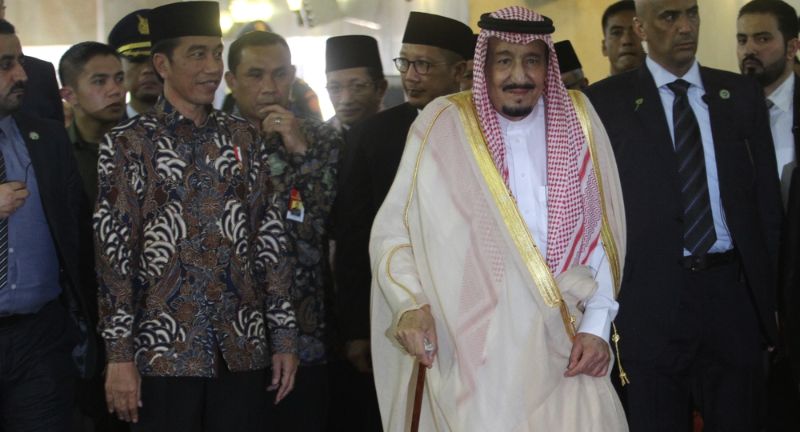
Shutterstock
Saudi Arabia is ruled by King Salman bin Abdulaziz Al Saud in an absolute monarchy. The king holds significant authority, overseeing both political and religious aspects of governance in accordance with Islamic law. Saudi Arabia’s monarchy is highly centralized, with decisions often influenced by the royal family and its traditions. As the heart of the Islamic world, the Saudi monarchy plays a pivotal role in the region.
Japan

Shutterstock
Japan’s monarchy, represented by Emperor Naruhito, is one of the world’s oldest continuous monarchies. In Japan, the emperor serves as a ceremonial figure without political power, symbolizing the unity and history of the Japanese people. The Japanese monarchy, or Chrysanthemum Throne, is deeply respected and plays a significant role in cultural events and traditions. This symbolic role allows the emperor to foster national pride while remaining outside government affairs.
Thailand

Shutterstock
Thailand’s monarchy, led by King Maha Vajiralongkorn (King Rama X), holds a unique position within Thai society. While primarily a constitutional monarchy, the king maintains significant cultural and traditional influence. The Thai royal family is revered, with the monarchy seen as a unifying figure in times of national crises. Despite the government having executive power, the king is highly influential within the cultural fabric of Thailand.
Spain

Shutterstock
Spain’s King Felipe VI presides over a constitutional monarchy where his role is largely ceremonial. King Felipe has earned respect for his impartiality, often working to unify the nation during times of political unrest. Spain’s monarchy plays an important cultural role, promoting Spanish culture and history. The king’s duties are symbolic, with executive power held by the elected government.
Sweden

Shutterstock
Sweden’s King Carl XVI Gustaf holds a ceremonial position within a constitutional monarchy. His role is symbolic, as Sweden’s parliament governs with executive power. The Swedish royal family participates in cultural events and supports charitable initiatives, enhancing their positive reputation within society. Sweden’s monarchy is well-regarded, with the king embodying a sense of national continuity and heritage.
Netherlands
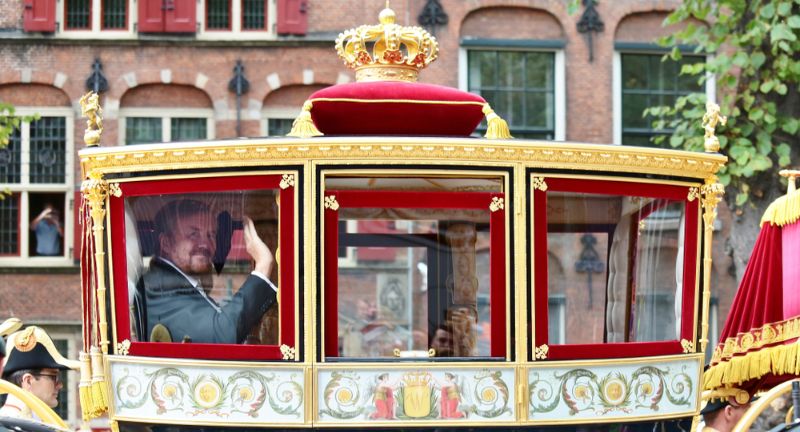
Shutterstock
King Willem-Alexander of the Netherlands represents a constitutional monarchy where the king’s role is mostly ceremonial. The Dutch monarchy is popular, with the royal family actively engaged in national events and charity. Although the king signs laws, political decision-making lies with the elected government. King Willem-Alexander and his family are seen as symbols of unity and continuity for the Dutch people.
Norway

Shutterstock
Norway’s monarchy, led by King Harald V, is a constitutional monarchy with a symbolic role. The king participates in ceremonial duties, representing Norway at home and abroad. King Harald is respected for his efforts to unify the country and promote humanitarian values. Norway’s political power rests with the parliament, while the monarchy serves as a unifying figurehead.
Denmark

Shutterstock
Denmark’s monarchy is led by Queen Margrethe II, who has a ceremonial role within the country’s constitutional monarchy. Queen Margrethe is beloved for her creative talents and her engagement in Danish cultural life. Although she has no executive power, she is seen as a symbol of continuity and national identity. The queen represents Denmark in state affairs, while governance is managed by elected officials.
Belgium

Shutterstock
Belgium’s King Philippe presides over a constitutional monarchy where his duties are largely ceremonial. King Philippe plays an essential role in unifying the diverse linguistic communities within Belgium. The monarchy is respected for its involvement in humanitarian and cultural initiatives. While the king symbolizes national unity, actual governance is the responsibility of the parliament and prime minister.
Monaco
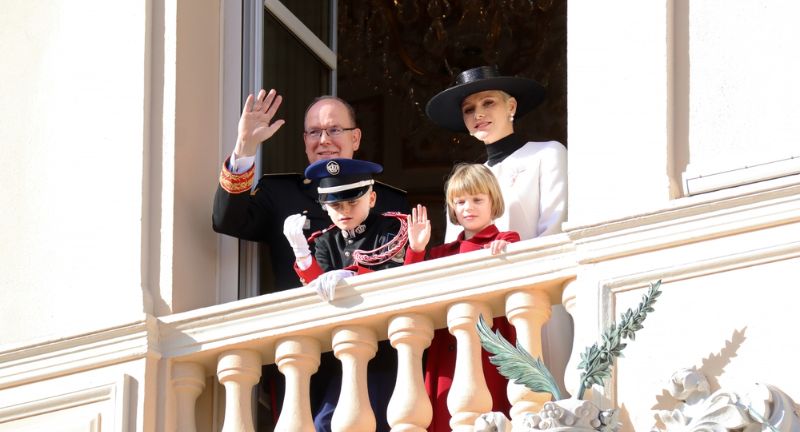
Shutterstock
Monaco is ruled by Prince Albert II, who holds considerable influence as the head of the tiny principality. The prince’s role combines ceremonial duties with active involvement in the nation’s governance and economy. Monaco’s monarchy supports various charitable causes, enhancing the principality’s global reputation. Prince Albert continues his family’s legacy of fostering both tourism and environmental initiatives.
Liechtenstein
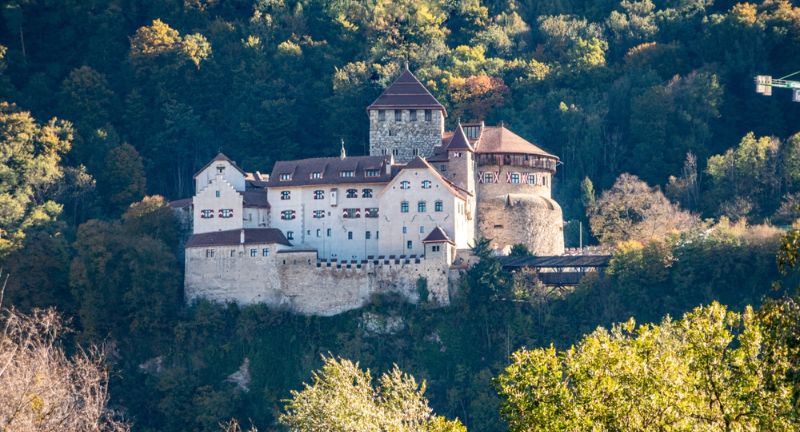
Shutterstock
Liechtenstein’s Prince Hans-Adam II is a constitutional monarch with notable powers, including vetoing legislation. Although the government administers daily affairs, the prince remains highly influential in national matters. His active role in governance distinguishes Liechtenstein’s monarchy from other European royal families. The prince is respected for his leadership, particularly in economic and diplomatic relations.
Luxembourg

Shutterstock
Luxembourg’s monarchy, led by Grand Duke Henri, is a constitutional monarchy with limited political influence. The grand duke has ceremonial responsibilities and occasionally consults on matters of national interest. Known for his dedication to the nation, Grand Duke Henri supports many social and cultural causes. Luxembourg’s government holds executive power, while the grand duke symbolizes unity and continuity.
Cambodia

Shutterstock
Cambodia’s monarchy is led by King Norodom Sihamoni, who serves as a symbolic figurehead in a constitutional monarchy. While the king’s role is largely ceremonial, he is respected for his dedication to Cambodia’s heritage and unity. The king plays an important role in promoting cultural events and national pride. Political power lies with the elected government, but the monarchy symbolizes continuity and stability.
Jordan

Shutterstock
Jordan’s monarchy, led by King Abdullah II, has a constitutional framework but the king retains significant powers. King Abdullah plays an active role in both domestic and foreign policy, influencing Jordan’s development and regional stability. His leadership is respected for fostering unity among Jordan’s diverse population. The king’s influence helps Jordan navigate complex geopolitical challenges in the Middle East.
Morocco

Shutterstock
Morocco is ruled by King Mohammed VI, who has both ceremonial and significant governing powers. The king is respected as a religious leader and for modernizing Morocco while preserving its cultural heritage. He is titled “Commander of the Faithful,” reflecting his leadership in Islamic and social matters. While political reforms have granted more power to the government, the king remains highly influential in state affairs.
Bhutan

Shutterstock
Bhutan’s King Jigme Khesar Namgyel Wangchuck is revered for guiding Bhutan’s unique form of constitutional monarchy. Known as the “Dragon King,” he oversees Bhutan’s progress while promoting Gross National Happiness as a national priority. Bhutan’s government operates independently, but the king is respected for his role in unifying and inspiring the nation. His influence extends to supporting environmental and cultural preservation efforts.
Brunei

Shutterstock
Brunei is an absolute monarchy ruled by Sultan Hassanal Bolkiah, who holds complete authority over the government and religious affairs. The sultan’s rule is deeply rooted in Islamic law, shaping Brunei’s policies and legal framework. He has overseen Brunei’s oil-driven economy, which supports its citizens with extensive welfare benefits. Sultan Hassanal is also known for his efforts to maintain Brunei’s peace and stability.
Kuwait
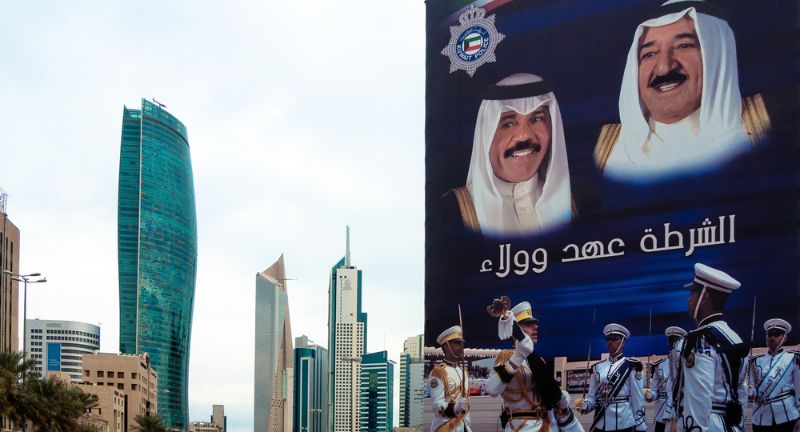
Shutterstock
Kuwait’s Emir, Nawaf Al-Ahmad Al-Jaber Al-Sabah, leads a constitutional emirate with considerable authority, although there is an elected parliament. The emir has significant influence over Kuwait’s policies, especially in regional diplomacy. Known for its balance of tradition and modern governance, Kuwait’s monarchy supports cultural preservation. The emir’s role is critical in uniting Kuwait’s citizens and guiding the nation’s progress.
Oman
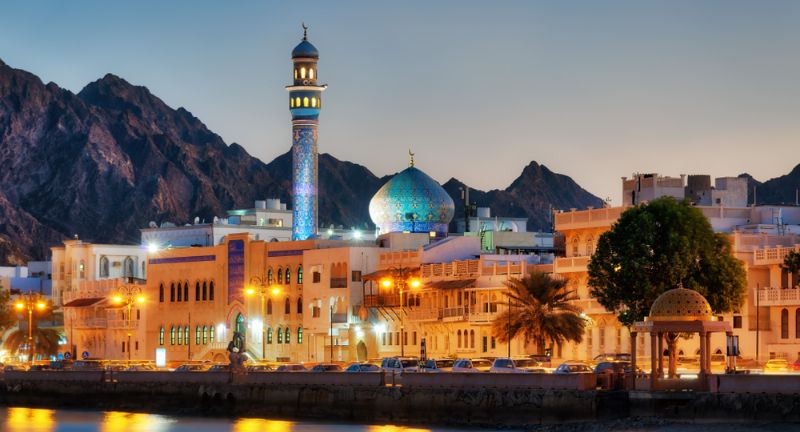
Shutterstock
Oman’s Sultan Haitham bin Tariq governs as an absolute monarch with extensive powers over both government and religious matters. The sultan’s role emphasizes stability and continuity, steering Oman through regional and economic challenges. Sultan Haitham has introduced reforms aimed at modernizing Oman while respecting its traditions. His leadership has helped shape Oman as a peaceful and diplomatically neutral nation in the region.
United Arab Emirates (UAE)

Shutterstock
The United Arab Emirates (UAE) is a federation of seven emirates, each ruled by its own monarch, with Sheikh Mohamed bin Zayed Al Nahyan serving as President. The UAE’s unique governance model allows each emirate to retain autonomy while contributing to national policies. Sheikh Mohamed plays an influential role in the UAE’s rapid economic development and modernization efforts. The monarchy is instrumental in maintaining stability and fostering growth in the UAE.
Qatar

Shutterstock
Qatar’s monarchy is led by Emir Sheikh Tamim bin Hamad Al Thani, who holds both executive and legislative power. Known for transforming Qatar into a global player, the emir oversees national policies and economic diversification. Qatar’s monarchy has prioritized development, especially in sports, media, and education sectors. The emir’s leadership has been pivotal in shaping Qatar’s international influence and regional partnerships.
Malaysia

Shutterstock
Malaysia has a unique monarchy, with a rotating kingship selected every five years among nine hereditary rulers, currently led by King Al-Sultan Abdullah. The king’s role is mainly symbolic, representing unity and cultural heritage. Though the elected government manages day-to-day affairs, the king participates in religious and state ceremonies. This rotating monarchy underscores Malaysia’s respect for tradition and royal heritage across its states.
Eswatini (Swaziland)
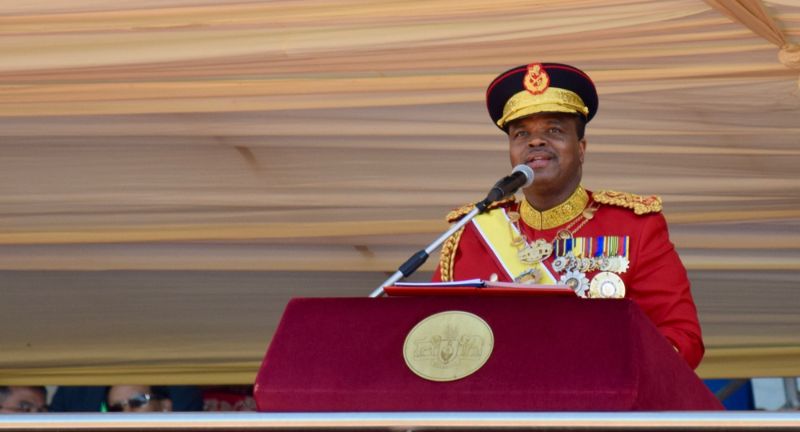
Shutterstock
Eswatini, formerly known as Swaziland, is an absolute monarchy under King Mswati III, who holds extensive governing authority. Known for his strong influence, the king controls both legislative and judicial branches. King Mswati’s rule has preserved Eswatini’s cultural traditions while navigating the pressures of modernization. Although controversial, the monarchy remains a deeply embedded institution within Eswatini’s society.
Lesotho
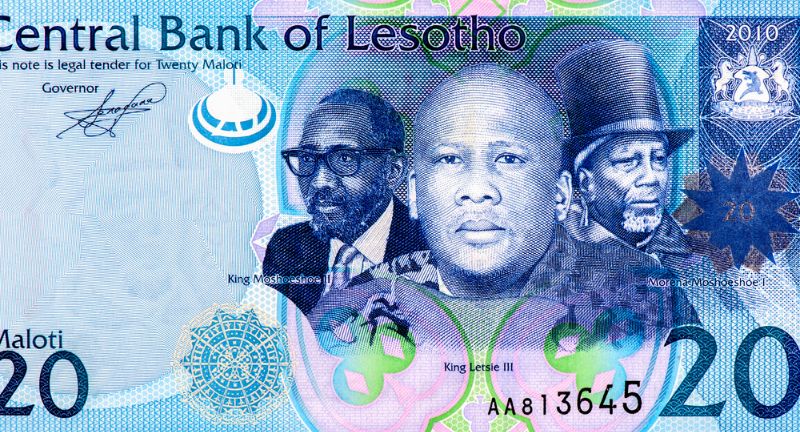
Shutterstock
Lesotho’s King Letsie III serves as a ceremonial monarch in a constitutional monarchy. While the king has limited political influence, he is respected as a unifying symbol for the Basotho people. Lesotho’s government operates independently, with the king often participating in cultural and state events. His role emphasizes tradition, offering continuity and stability to the nation.
Tonga
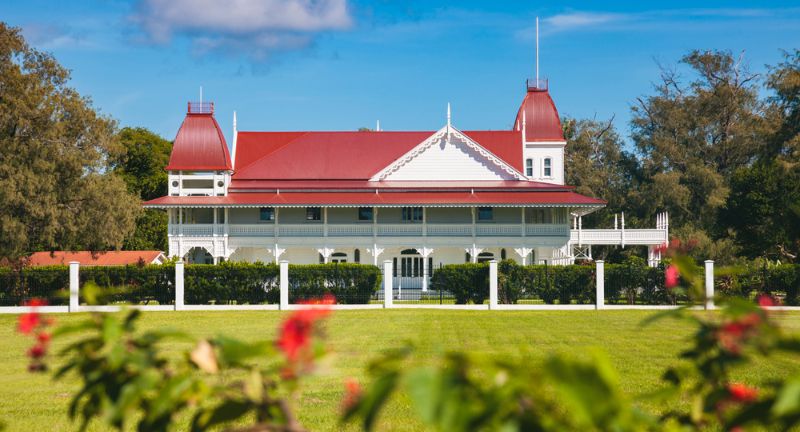
Shutterstock
Tonga’s King Tupou VI presides over a constitutional monarchy, balancing tradition with modern governance. Though the government holds executive power, the king retains influence over cultural and social matters. Tonga’s monarchy is deeply respected, seen as a stabilizing force for the nation. The king’s involvement in social initiatives has fostered a sense of unity and pride among Tongans.
Bahrain
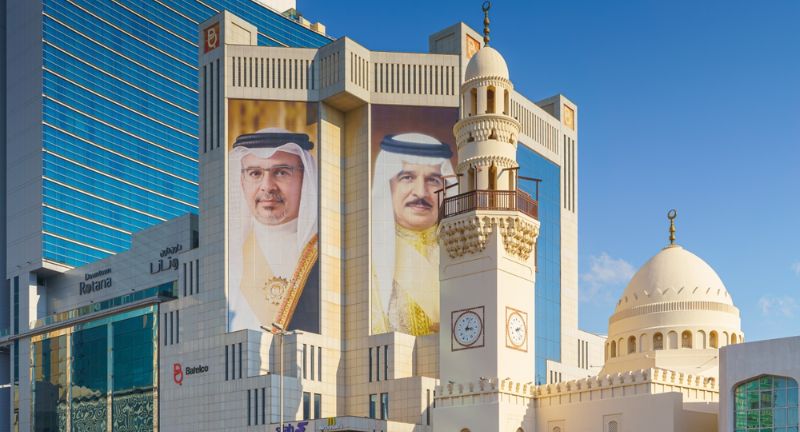
Shutterstock
Bahrain’s monarchy, led by King Hamad bin Isa Al Khalifa, is a constitutional monarchy with considerable executive influence. The king has shaped Bahrain’s political and social reforms while maintaining authority over key government sectors. His role is both ceremonial and political, balancing tradition with modernization efforts. Bahrain’s royal family has been instrumental in the nation’s economic and infrastructural growth.
Vatican City
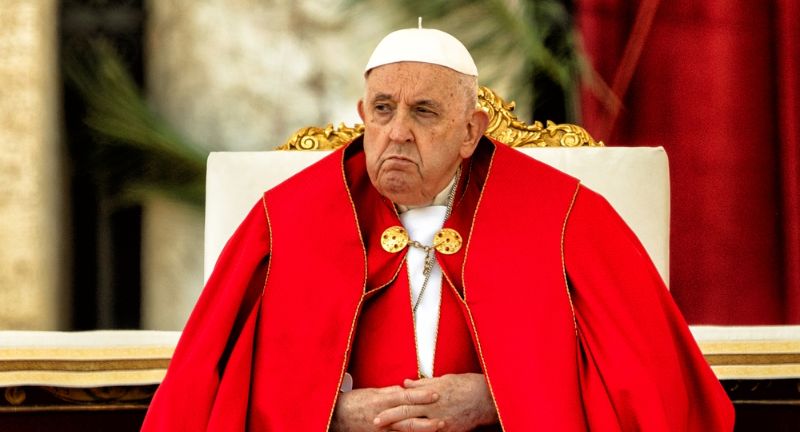
Shutterstock
Vatican City is an absolute elective monarchy ruled by Pope Francis, who holds supreme authority over the city-state. As the spiritual leader of the Catholic Church, the pope’s role is religious, yet he also oversees Vatican City’s governance. The Vatican serves as a central hub for Catholicism, and the pope’s influence extends globally. His leadership reflects a unique combination of religious and political responsibilities.
Andorra
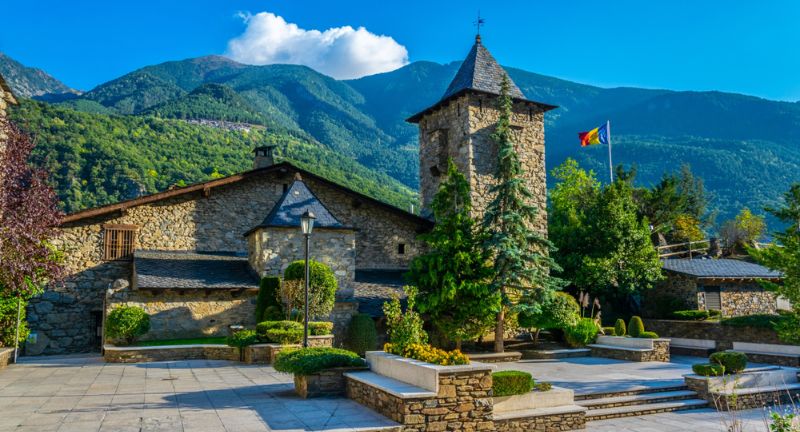
Shutterstock
Andorra’s monarchy is a diarchy with two co-princes, the President of France and the Bishop of Urgell, sharing sovereign duties. This unique arrangement reflects Andorra’s historical ties with both France and Spain. The co-princes’ roles are ceremonial, while Andorra’s government manages national policies. Andorra’s monarchy is an example of diplomacy and respect for tradition within the Pyrenees region.
Australia, Canada, and Other Commonwealth Realms
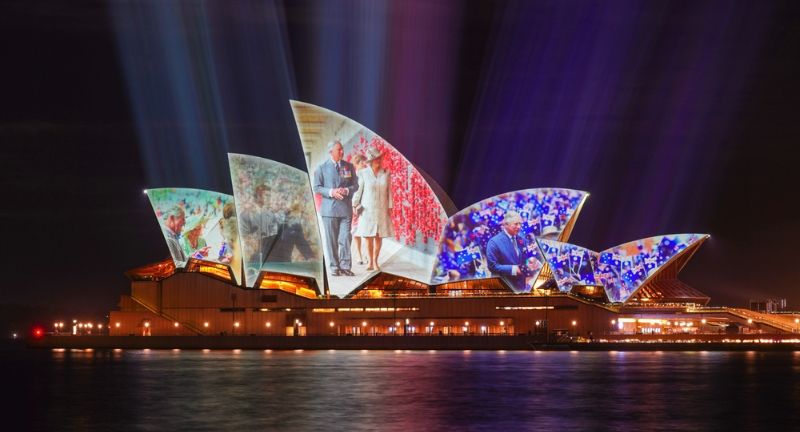
Shutterstock
Countries like Australia, Canada, and other Commonwealth realms recognize King Charles III as their head of state. These constitutional monarchies respect the British monarch as a ceremonial figure, with no involvement in domestic governance. Each country maintains its own government, with the monarchy symbolizing a shared heritage among Commonwealth nations. The royal family’s role is largely symbolic, promoting unity across these diverse countries.
Conclusion
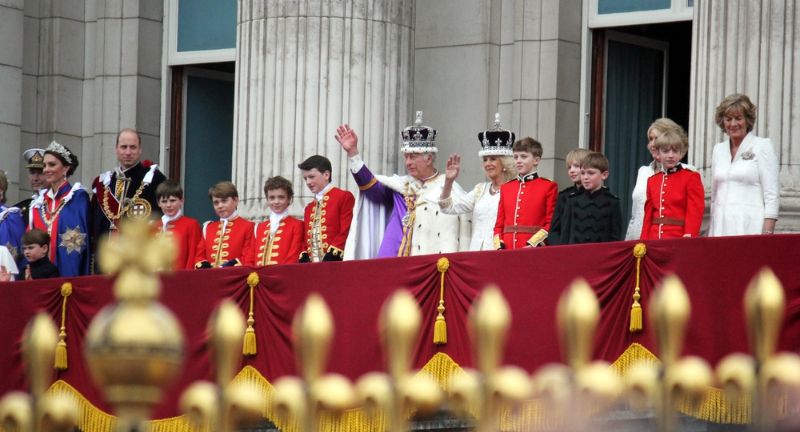
Shutterstock
As we’ve seen, monarchies today come in many forms, from symbolic figureheads to rulers with extensive powers. These royal families and leaders continue to provide cultural continuity, national identity, and, in some cases, active governance. Each monarchy reflects a unique balance between tradition and the modern world, adapting to the times while preserving historical values. Whether ceremonial or executive, these monarchs remain powerful symbols of their nations. In a world of evolving political systems, monarchies remain as fascinating pillars of history and heritage.
More From Royals+
-


Royal Escapes: 20 Favorite Vacation Spots of the British Monarchy
-
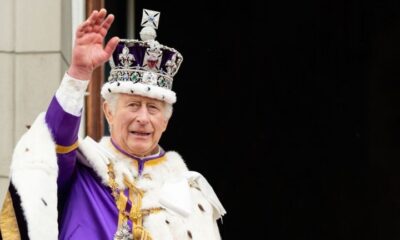

Regal Etiquette: 15 Protocols British Royals Must Follow
-


Royal Hauntings: 18 Palaces with Spine-Chilling Ghost Stories
-


20 Luxury Brands That Have Created Exclusive Pieces With The…
-
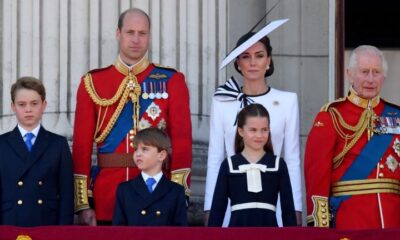

A Royal Feast: 19 Foods Loved by the British Royals
-


25 Prettiest Places In England That You Don’t Have To…
-
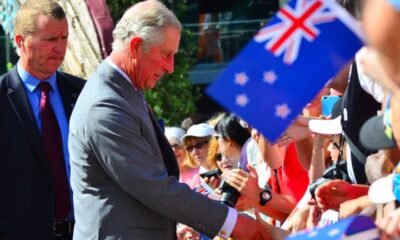

Royal Ties: Countries That Still Honor the British Monarchy
-
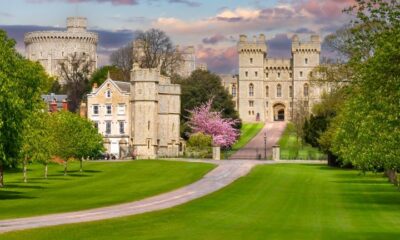

Regal Real Estate: 15 Stunning Residences of the British Monarchy
-
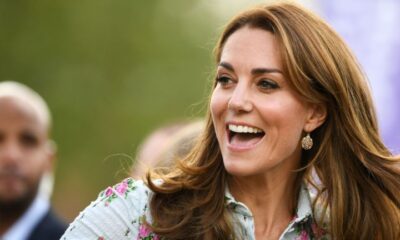

The Kate Effect: 25 Reasons We Love Kate Middleton
-
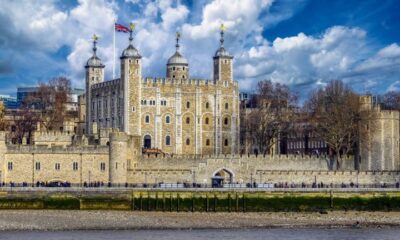

30 Must-Visit UK Destinations to Satisfy Your Royal Obsession
-


From Prince to King: 20 Things You Didn’t Know About…
-


Norway’s Princess Märtha Louise Is Viral Star After TikTok Collab…
